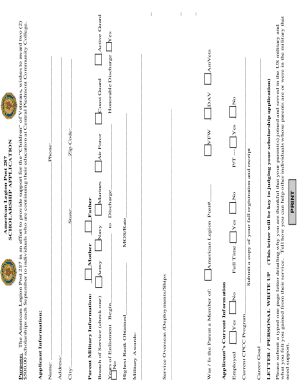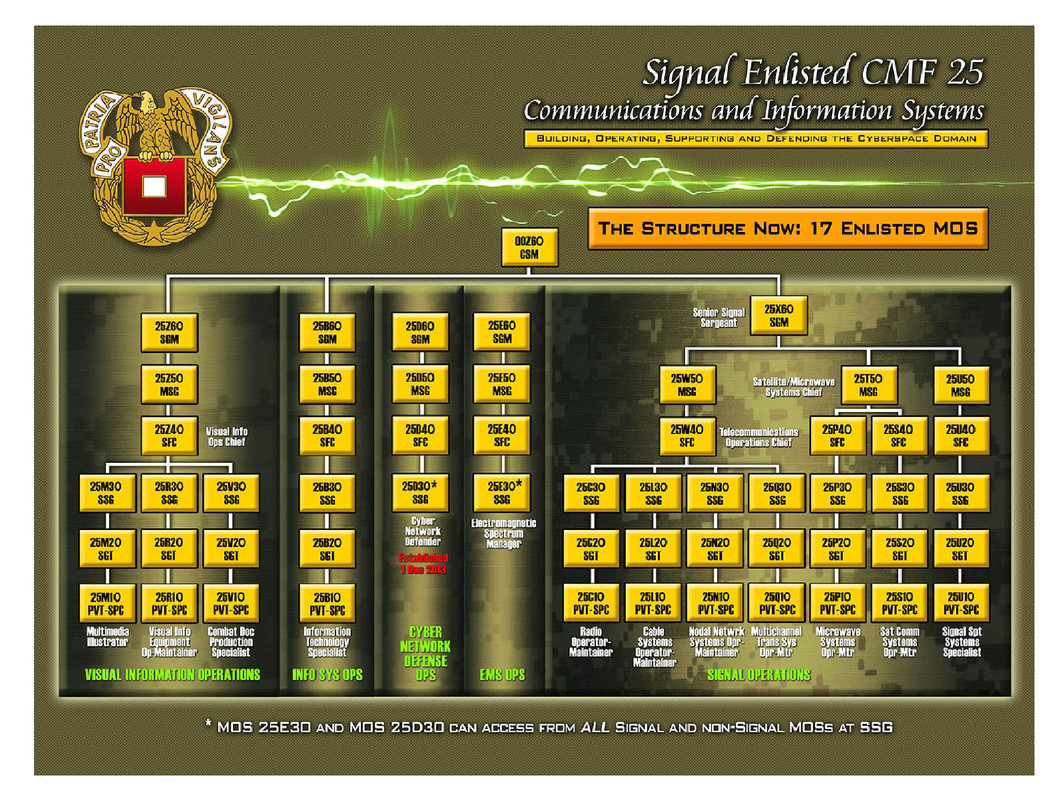Army vs Marine Corps Comparison

Introduction to the Army and Marine Corps

The United States Army and the United States Marine Corps are two of the five branches of the US military. While both are integral to the country’s defense, they have distinct roles, responsibilities, and cultures. Understanding the differences between the Army and the Marine Corps can help individuals decide which branch to join, as well as provide insight into the unique contributions each makes to national security. In this comparison, we will explore the history, mission, organization, training, and lifestyle of both the Army and the Marine Corps to highlight their similarities and differences.
History of the Army and Marine Corps

The US Army is the oldest branch of the US military, established on June 14, 1775, as the Continental Army during the American Revolution. Its rich history spans over two centuries, with involvement in every major conflict the US has been a part of. The Army’s primary role has been to protect the American people and the nation’s interests by fighting and winning wars.
The US Marine Corps, established on November 10, 1775, as a branch of the US Navy, has a history almost as long as the Army’s. Initially, the Marine Corps was formed as a separate branch of the military to provide security and support to naval operations, including boarding actions, ship-to-ship combat, and defending naval bases. Over time, the Marines have evolved to become a rapid-response force capable of a wide range of military operations.
Mission and Responsibilities

The mission of the US Army is to protect America’s interests by fighting and winning wars, and to preserve peace and stability around the world. The Army is responsible for land-based military operations, with a broad range of specialties and units, including infantry, artillery, engineers, and logistics.
The mission of the US Marine Corps is to provide power projection from the sea, utilizing the mobility of the US Navy to rapidly deploy and conduct operations ashore. The Marines are known for their expeditionary capabilities, focusing on ground combat, amphibious warfare, and air support. Their smaller size and specialized training allow them to conduct rapid, decisive operations in austere environments.
Organization and Structure

The US Army is the largest branch of the military, with approximately 475,000 active-duty soldiers. It is divided into several components, including the Regular Army, the Army Reserve, and the Army National Guard. The Army’s organizational structure includes divisions, brigades, battalions, companies, platoons, and squads, each with specific roles and responsibilities.
The US Marine Corps is significantly smaller, with about 186,000 active-duty personnel. It is also divided into components, including the Regular Marine Corps, the Marine Corps Reserve, and the Marine Corps National Guard (though the latter does not exist as a separate entity like the Army’s). The Marine Corps is organized into forces, divisions, regiments, battalions, companies, platoons, and squads. The Marines are known for their flexibility and ability to operate independently, often in conjunction with naval forces.
Training and Preparation

Both the Army and the Marine Corps have rigorous training programs designed to prepare soldiers and Marines for the physical and mental demands of military life and combat. - Basic Training (Army): Also known as Basic Combat Training (BCT), it lasts about 10 weeks and focuses on transforming civilians into soldiers, teaching them basic combat skills, first aid, and how to work as a team. - Boot Camp (Marine Corps): The Marine Corps version of basic training, it is 13 weeks long and is known for its intensity. It emphasizes the transformation of recruits into Marines, focusing on discipline, combat skills, and esprit de corps.
After basic training, both branches offer specialized training based on the individual’s Military Occupational Specialty (MOS) or job. The Army has a broader range of specialties due to its larger size and diverse mission set.
Lifestyle and Career Opportunities

The lifestyle in the Army and the Marine Corps differs significantly due to their different missions and cultures. - Army Lifestyle: Offers a wider range of career paths and specialties, which can lead to a more varied career. Army bases are located worldwide, offering diverse living experiences. The Army also has a larger support system for families. - Marine Corps Lifestyle: Known for its close-knit community and esprit de corps, the Marine lifestyle is often more austere and demanding. Marines often live and work in smaller, tighter units, which can foster strong bonds among personnel.
| Branch | Size | Primary Mission | Training Length |
|---|---|---|---|
| US Army | Approx. 475,000 active-duty | Land-based military operations | 10 weeks (Basic Combat Training) |
| US Marine Corps | Approx. 186,000 active-duty | Expeditionary and amphibious warfare | 13 weeks (Boot Camp) |

💡 Note: The choice between the Army and the Marine Corps depends on individual preferences regarding mission, lifestyle, and career goals. It's essential to research and understand the unique aspects of each branch before making a decision.
In summary, while both the US Army and the US Marine Corps are critical components of the US military, they have distinct histories, missions, organizational structures, training processes, and lifestyles. The Army is larger and focuses on a broader range of land-based military operations, while the Marine Corps is specialized in rapid, expeditionary operations, often in conjunction with naval forces. Each branch offers unique opportunities and challenges, making the choice between them a personal decision based on individual goals, preferences, and values.
What is the primary difference in mission between the US Army and the US Marine Corps?

+
The US Army focuses on land-based military operations, aiming to protect America’s interests by fighting and winning wars and preserving peace and stability worldwide. In contrast, the US Marine Corps is specialized in expeditionary and amphibious warfare, providing power projection from the sea and conducting rapid, decisive operations ashore.
How do the training lengths for basic training compare between the Army and the Marine Corps?

+
The US Army’s Basic Combat Training (BCT) lasts about 10 weeks, while the Marine Corps’ Boot Camp is 13 weeks long. Both programs are designed to transform civilians into military personnel, but the Marine Corps training is known for its intensity and focus on discipline and esprit de corps.
What should individuals consider when choosing between the Army and the Marine Corps?

+
Individuals should consider factors such as the branch’s mission, the type of lifestyle they prefer, career opportunities, and the level of challenge they are looking for. The Army offers a broader range of specialties and a larger, more diverse community, while the Marine Corps provides a unique, tight-knit community with a focus on expeditionary warfare and rapid deployment capabilities.



